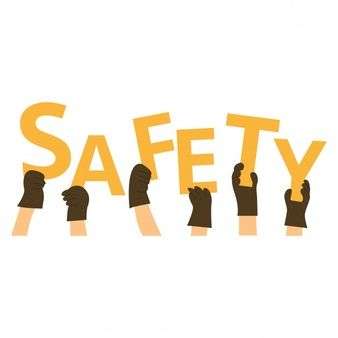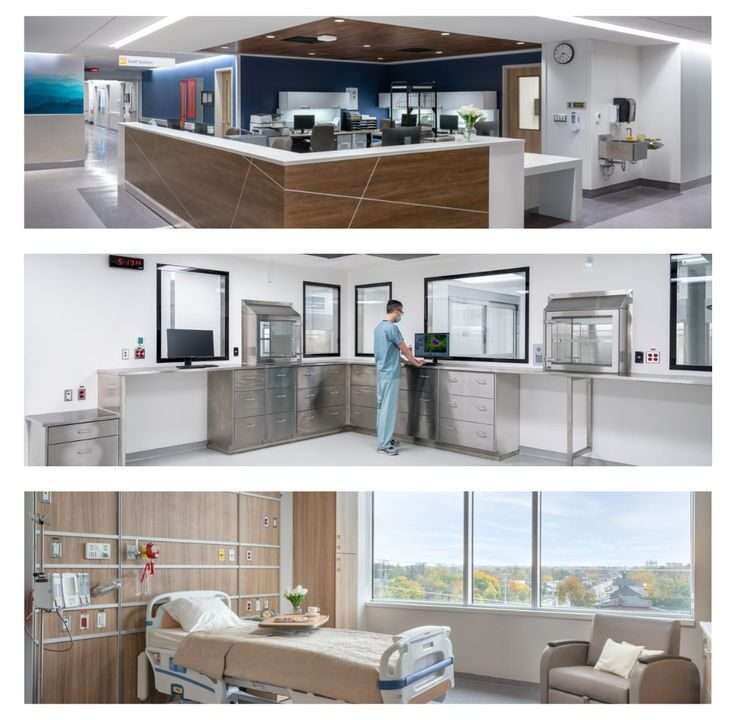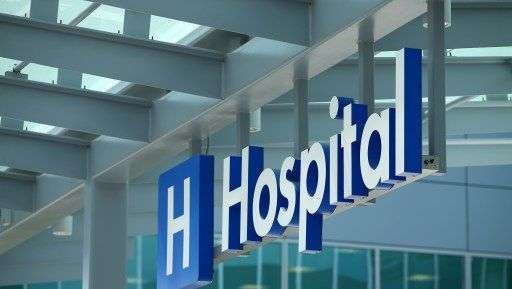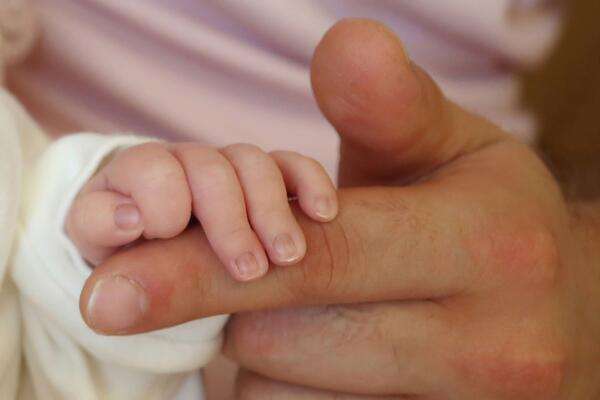
How a hospital consultant can be your partner in setting up your IVF Centre
February 2, 2023
How to make your pet friendly in veterinary hospital
February 18, 2023Fire has many uses…however, when it rages uncontrolled, it can cause disastrous destruction and harm, not only to property but also to life. Fire is the biggest safety hazard, not only in residential complexes and office premises but also in healthcare facilities. Recently, many instances of hospital fires have been reported.
These fires may have started small but within moments they have grown into raging infernos that have turned hospital property to ashes and extinguished lives forever.
The patients admitted to the hospital are the primary victims of the hospital fire. They are generally weak, immobile, disabled, elderly, or ill and hence are not able to escape the clutches of fire easily. A little vigilance and proactive planning can keep your patients, their family members, physicians, and your other employees safe from the dangers of fire
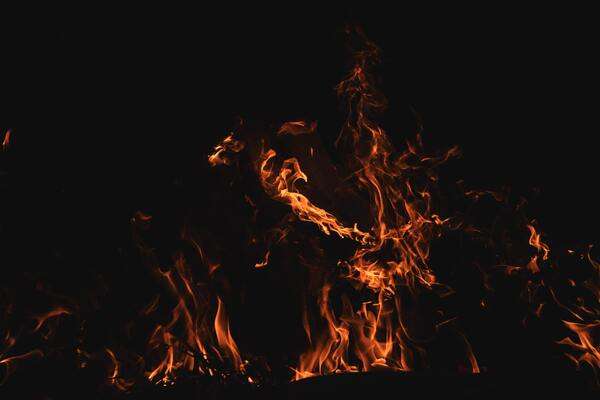
Read on to learn the safety measures you can undertake in your hospital
1. Make your construction blueprint in accordance with the National Building code
The country has adopted a National Building code that puts hospitals under the CI category; i.e. buildings that require special infrastructural arrangements for fire safety. Strictly adhere to these guidelines.
Regulations as per National Building Code 2005:
1. All high-rise buildings need to get NOC as per the zoning regulations of their jurisdiction concerned.
2. A road that approaches a high rise should be more than 12 meters wide, to facilitate free movement of Fire Services vehicles, especially the Hydraulic Platform and Turn Table Ladder.
3. Entrance width and clearance should not be less than 6 meters or 5 meters, respectively.
4. At least 40 percent of the occupants should be trained in conducting proper evacuation, operation of systems and equipment, and other fire safety provisions in the building, apart from having a designated fire officer at the helm.
5. The buildings should have open spaces, as per the Zonal Regulations.
6. Minimum of two staircases with one of them on the external walls of the building. They should be enclosed with smoke-stop-swing-doors of two-hour fire resistance on the exit to the lobby.
Fire safety can be magnified by assuring three design parameters namely approach roads, open spaces, means of escape like external staircases, and refuge areas. It is critical to plan the layout of your hospital with fire safety in focus. Design wide, uncluttered corridors and passages. Make refuge areas a part of the design so that evacuation during an emergency is easy.
Refuge areas are spaces without grills to which people can rush during a fire and can be rescued by firefighters. Ensure that all exits in your hospital are easily accessible so that people can get out in a hurry. Add special features like emergency exit lighting to your interior design plan. This can ensure that the hallways stay bright and the safety signages are displayed even if the power gets cut off during a fire.
Use non-combustible and fire-resistant materials on walls, ceilings, and floors. The materials used should not emit toxic fumes during a fire.
Employ a healthcare architect who will have the experience and expertise to design your hospital’s architecture as per the regulatory code without any shortcut or deviation.
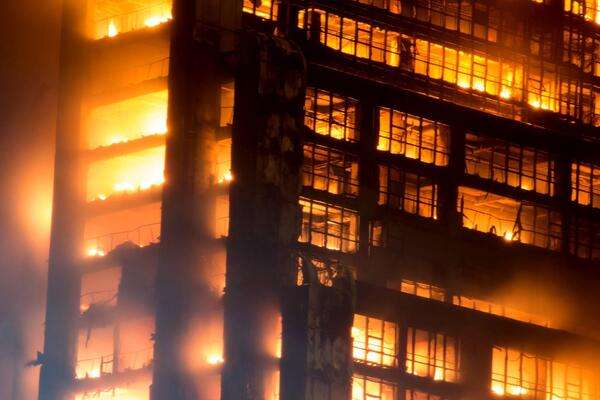
2. Install fire fighting equipment on every floor
A fire can occur without any warning signal. Hence, it is better to be cautious at all times. Make it compulsory to install fire safety equipment that can be used to detect, control, or douse fire within minutes. E.g., fire extinguishers, smoke and heat detectors, fire alarms, water hydrants, hose reels, sensors, etc. on each floor.
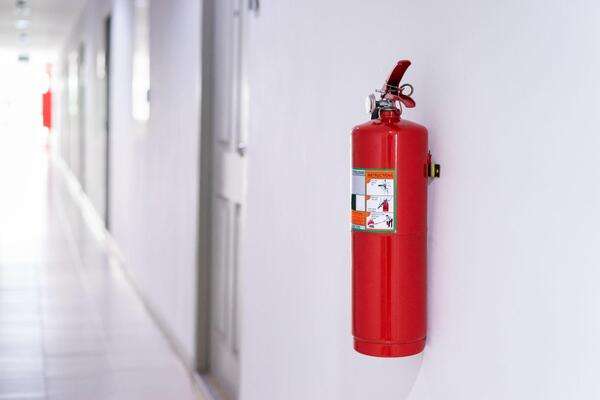
3. Develop a fire prevention protocol
Small precautions can save your hospital from a massive disaster. With the help of fire safety specialists, develop a fire prevention protocol for your hospital.
Some pointers
- Store any flammable liquids, oils, or other items far away from cooking equipment.
- Switch off equipment after use.
- Display no smoking signs prominently.
- Store oxygen cylinders in cordoned-off areas.
- Check all electrical cords for frays or tears regularly.
- Make a poster containing all the mandatory steps and display it on every floor.
- Avoid the use of faulty adapters and extension cords that may spark a short circuit.
4. Periodically inspect, maintain, repair, or replace fire safety equipment
Just installation of fire safety equipment is insufficient, you will have to inspect, and monitor these to ensure that they are functional and ready to use at an instant’s notice. In the recent fires, the fire fighting gear was faulty or not in working condition. Conduct regular inspection and maintenance of these life-saving equipment by a fire safety inspector. Repair or replace defective equipment without any delay.
5. Use signage
Display posters about fire prevention in prominent locations on every floor. Also, display layout maps and direction signs.
There may be a power shut-off if there is an electrical fire. At such times, people may not be able to find exits due to smoke and confusion. Ensure that there is provision for emergency lighting to display signages that will help people escape from the burning building.
6. Emergency evacuation plan
All hospital staff should have working knowledge of the evacuation routes and which one to take, based on the type of evacuation. They should be able to calmly and systematically guide the patients to safer areas.
Patients who are unconscious or on life support at the time of the evacuation may require special consideration.
Depending upon the nature and the degree of spread of the fire, the evacuation may be
- Horizontal
Away from the affected room
- Vertical
Away from the affected floor to the roof or the refuge floor
7. Guarantee that fire safety licensing is in place
The government is very strict about fire safety guidelines…rightly so. You should ensure that all the fire safety protocol is adhered to strictly in accordance with the guidelines set by NABH and that your hospital receives the fire safety license and NOC are in place. Periodically invite an external specialist to scrutinize and give feedback on your fire safety systems. E.g., Some hospitals engage the services of healthcare care consultancy firms to conduct a third-party audit to evaluate the efficiency of your fire Safety strategy.
8. Train your staff on how to handle a fire outbreak
Half the battle is won if we are prepared and proactive. Your staff will be the first responders on the scene of a fire. Each employee should react to fire with calm and not panic as it can lead to a stampede and cause consequently injury or even death. Train your workforce on how to use extinguishers and water hoses and also on how to evacuate patients in an emergency.
Conduct mock fire drills periodically so that each member of your workforce remains calm during a fire and aids patients and their family members fearlessly.
Actions to be taken during a fire crisis
R – Remove anyone endangered by the fire to a safe area
A – Activate the fire alarm
C – Close all windows and doors; contain the fire
E – Evacuate
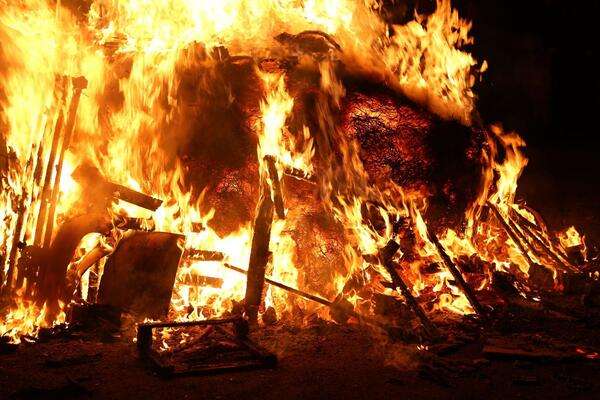
9. Develop an evacuation plan
Helping people to escape from a disaster to a safe location is called evacuation. Your team should be in evacuating patients and family members and other staff in case a fire breaks out. They should be able to do this job calmly and patiently without triggering panic.
During evacuation, it may be necessary to carry immobile patients to safe locations and to guide patients and family members to safer refuge areas.
To summarize, fire safety is of paramount importance in the healthcare institution context. Fire safety Measures have 4 Parameters namely means of access through approach roads, open spaces, means of escape like external Staircases & Fire fighting equipment. If your hospital is a big one, it will make sense to employ a fire safety officer and delegate the responsibility of safety practices to him. Whatever the size of your hospital, it makes sense to avail of the services of a healthcare consultancy firm to help you set your fire safety protocol, design your hospital building with fire safety in focus, plan your firefighting equipment, conduct periodic inspections, train your staff in fire safety and a lot more functions. If you need any help in this sphere, contact Hospertz, a leading healthcare consultant in India.
The blog has been written by Dr. Vishal Jadhav, a veteran in the field of hospital consultancy with a rich experience of more than 20 years and founder of the Healthcare Consultancy Firm, Hospertz.
Dr. Vishal Jadhav, Director
Linkedin: Dr Vishal Jadhav
hospertz@gmail.com
+91 9867712705/ 9820833149

